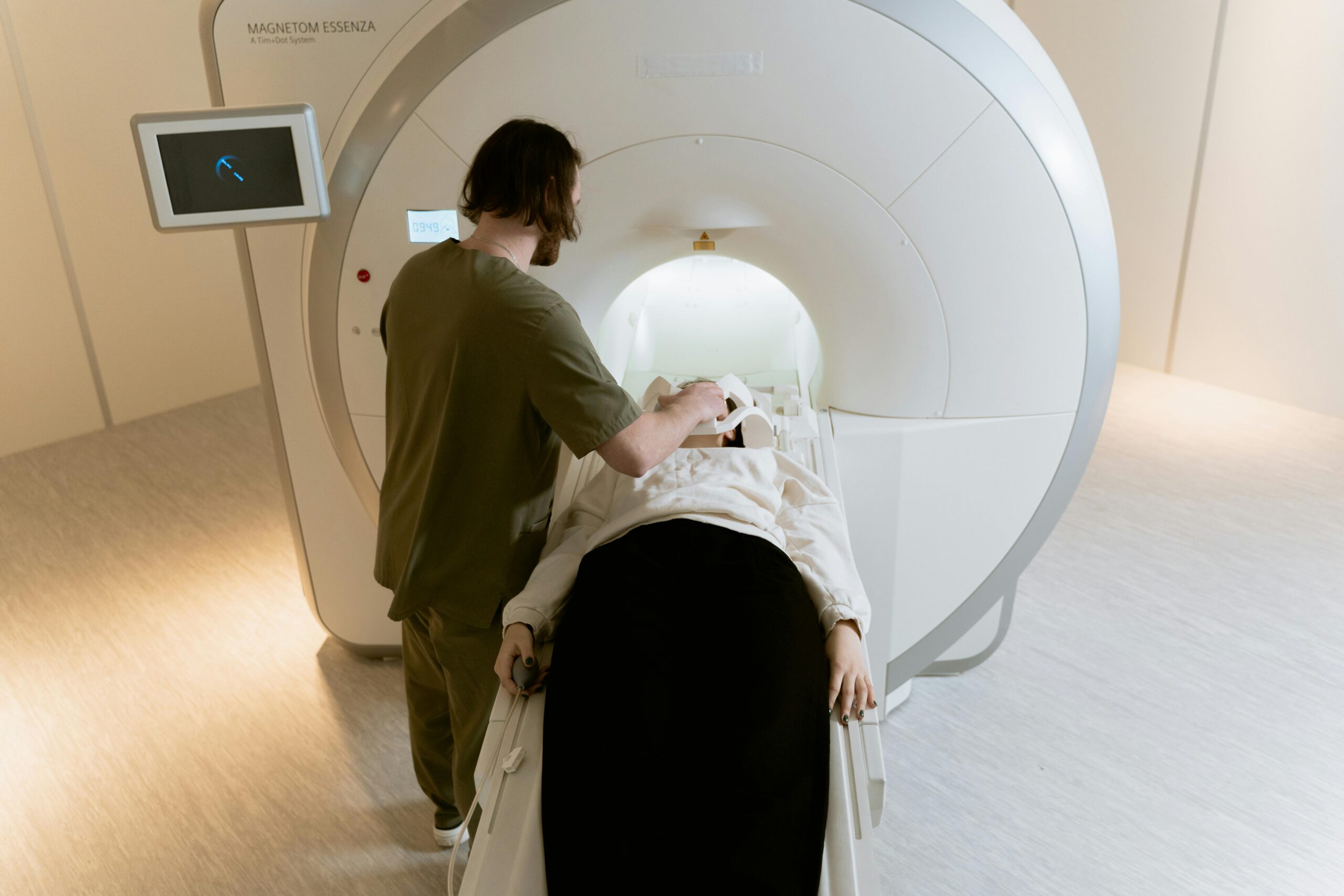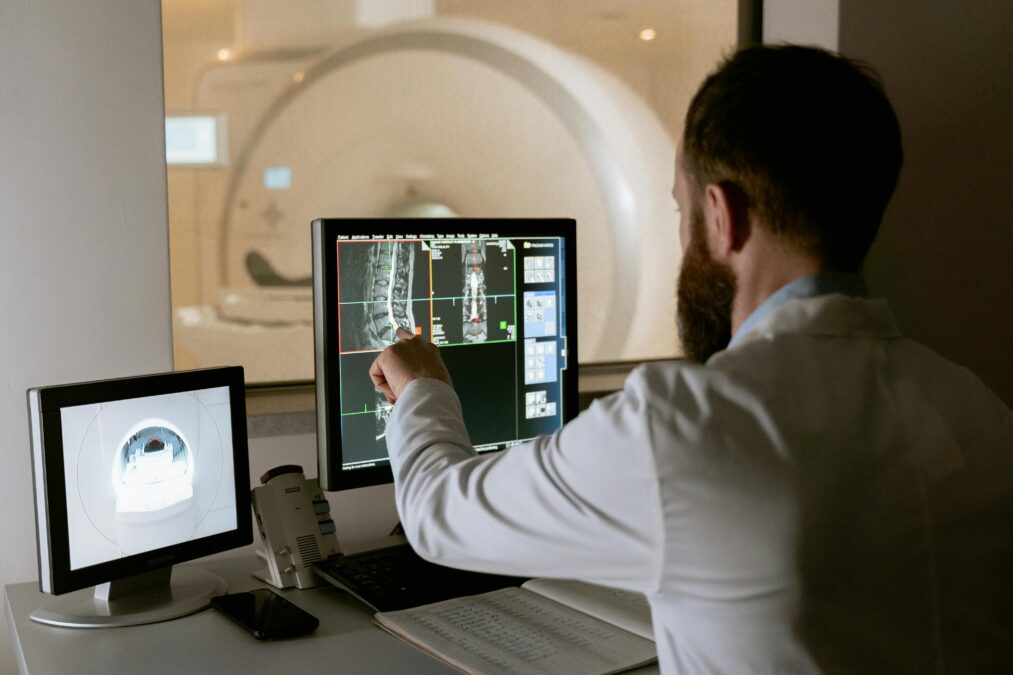In instruction, measuring progress is as significant as delivering education. Formative assessment learning is a powerful method that allows teachers to unceasingly monitor student understanding, adapt teaching, and guide learners toward achieving their full possible. Unlike traditional tests that evaluate information at the end of a component, formative assessment happens throughout the learning process, if immediate feedback to both students and teachers.
This continuous feedback loop ensures that gaps in knowledge are identified early, misconceptions are corrected promptly, and education can be adjusted to meet schoolgirls where they are. By making learning a cooperative, reflective progression, formative assessment learning helps create a supportive troposphere where students feel sanctioned to improve.
What is Formative Assessment Erudition?
Formative taxation learning is a method of assessing student progression during the exercise rather than after it. It attentions on meeting indications of learning through activities, explanations, and discussions, enabling instructors to adapt their teaching based on the penalties.

Key characteristics of formative assessment scholarship include:
Ongoing process: Assessment happens frequently, not just at the end of a topic.
Feedback-focused: The goal is to provide positive feedback, not just grades.
Student involvement: Learners actively reflect on their development.
Instructional adjustment: Educators adapt lessons to suit student needs.
Why Formative Assessment Learning Substances
The position of formative assessment learning lies in its ability to improve cultural outcomes by:
Identifying learning gaps early – Teachers can speech mistakes before they become long-term issues.
Improving engagement – Students feel more engaged when they receive instantaneous feedback.
Encouraging self-reflection – Learners develop consciousness of their strengths and areas for improvement.
Boosting teacher effectiveness – Educators can make timely, data-driven alterations.
Promoting a growth mindset – Students see challenges as opportunities to learn.
Examples of Formative Assessment Learning Approaches
Formative assessment can take many forms, contingent on the subject, age group, and learning goals. Here are some popular approaches:
Exit Tickets
At the end of an example, students answer a short question to demonstrate sympathy.
Think-Pair-Share
Beginners think individually, discuss with a partner, and then share with the period.
Quizzes and Polls
Quick, low-stakes quizzes help assess understanding without the pressure of grading.
Observation and Anecdotal Records
Teachers timepiece student behavior and participation to gather visions.
Peer Assessment
Scholars review each other’s work, providing constructive responses.
Concept Mapping
Visual drawings help teachers assess how well students attach ideas.
How Formative Assessment Learning Works in Repetition
Define Learning Goals
Before the preliminary stage, teachers detect what students should learn by the end of the message or unit.
Select Appropriate Methods
Choose plans that align with the lesson objectives and student requirements.
Gather Evidence
Collect data through quizzes, discussions, doing, or written reflections.
Interpret the Results
Analyze the sign to understand where students stand in their learning expedition.
Provide Feedback
Give exact, actionable suggestions to help students recover.
Adjust Instruction
Modify lesson plans to address speech gaps and reinforce concepts.
Benefits of Formative Assessment Knowledge for Students and Teachers
For Students
Increased incentive and ownership of learning
Superior clarity on expectations
Better-quality performance through regular feedback
For Teachers
A healthier understanding of student progress
Ability to monogram lessons
Stronger laboratory relationships through communication
Common Challenges and How to Overcome Them
Time Constraints
Some educators feel formative assessment takes too long. Solution: Use quick approaches like exit tickets or online polls.
Student Resistance
Students may see imposts as extra work. Solution: Emphasize the assistances for their particular growth.
Over-Reliance on One Method
Relying on just quizzes confines results. Solution: Combine multiple systems for a complete view of progress.
Technology in Formative Assessment Learning
Modern tools make formative assessment learning more well-organized and attractive. Apps like Kahoot, Quizizz, and Google Forms allow quick data collection and analysis. Interactive whiteboards, digital elections, and AI-based podiums help teachers track development and adapt lessons in real time.
Frequently Asked Questions (FAQs)
What is the main determination of formative assessment learning?
To screen and guide student learning during instruction, ensuring healthier understanding and development.
How does it differ from collective assessment?
Summative assessment events learning at the end of a unit, while formative assessment happens continuously during learning.
Can formative assessment learning be used in all topics?
Yes. It is malleable to any subject or grade, from math and science to arts and idioms.
How frequently should formative assessment be conducted?
Regularly—ideally in each lesson—to keep track of progress and address challenges punctually.
Do grades matter in formative assessment learning?
Not necessarily. The main focus is feedback and development, not assigning scores.
Conclusion
Formative assessment learning is more than an impartial set of education techniques—it’s a mindset focused on growth, likeness, and incessant improvement. By providing timely responses and regulating lessons to meet student needs, this method ensures deeper understanding and better performance.
In an instruction system where flexibility and personalization are key, formative assessment learning opinions out as an applied, impactful method for generating an attractive and operative classroom atmosphere. When teachers embrace it, students are not only more organized for academic success but also grow lifelong learning skills that spread beyond the laboratory.
Also Read More: Project Based Learning A Complete Guide to Transforming Education



